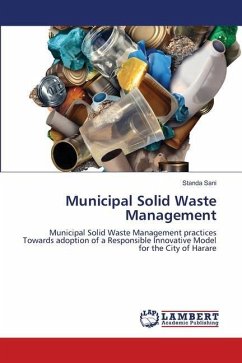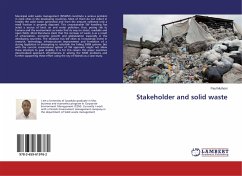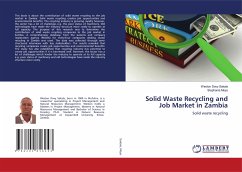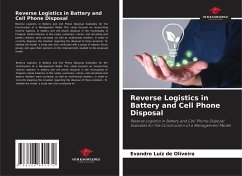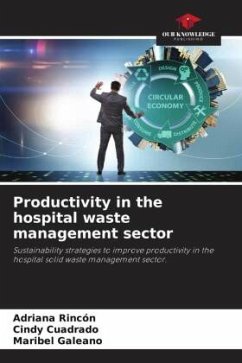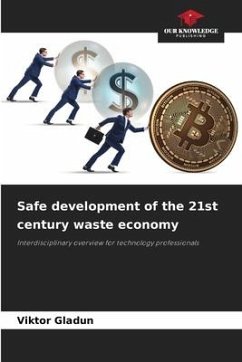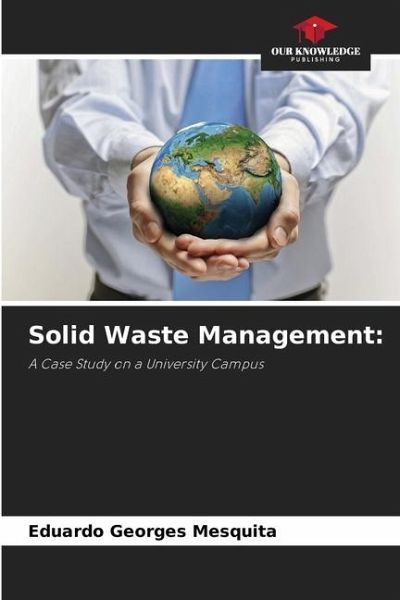
Solid Waste Management:
A Case Study on a University Campus
Versandkostenfrei!
Versandfertig in 6-10 Tagen
24,99 €
inkl. MwSt.

PAYBACK Punkte
12 °P sammeln!
Until some time ago (and in some places you will still find this definition), waste was defined as something that had no use or commercial value. However, this concept has changed. Nowadays, most of these materials can be used for some other purpose, either directly, such as the scraps of laminated packaging discarded by industries and used to make boards and plywood, or indirectly, for example, as fuel for generating energy that is used in various processes. For industrial processes, waste is defined as "raw materials and inputs that are not converted into products", so its generation means a...
Until some time ago (and in some places you will still find this definition), waste was defined as something that had no use or commercial value. However, this concept has changed. Nowadays, most of these materials can be used for some other purpose, either directly, such as the scraps of laminated packaging discarded by industries and used to make boards and plywood, or indirectly, for example, as fuel for generating energy that is used in various processes. For industrial processes, waste is defined as "raw materials and inputs that are not converted into products", so its generation means a loss of profit for the industry and, for this reason, technologies and processes aimed at reducing these losses or reusing waste are increasingly being targeted. The waste generated on a university campus can and should also be converted into raw materials for new products, reducing the need for production and the extraction of natural resources, as presented in this study.





